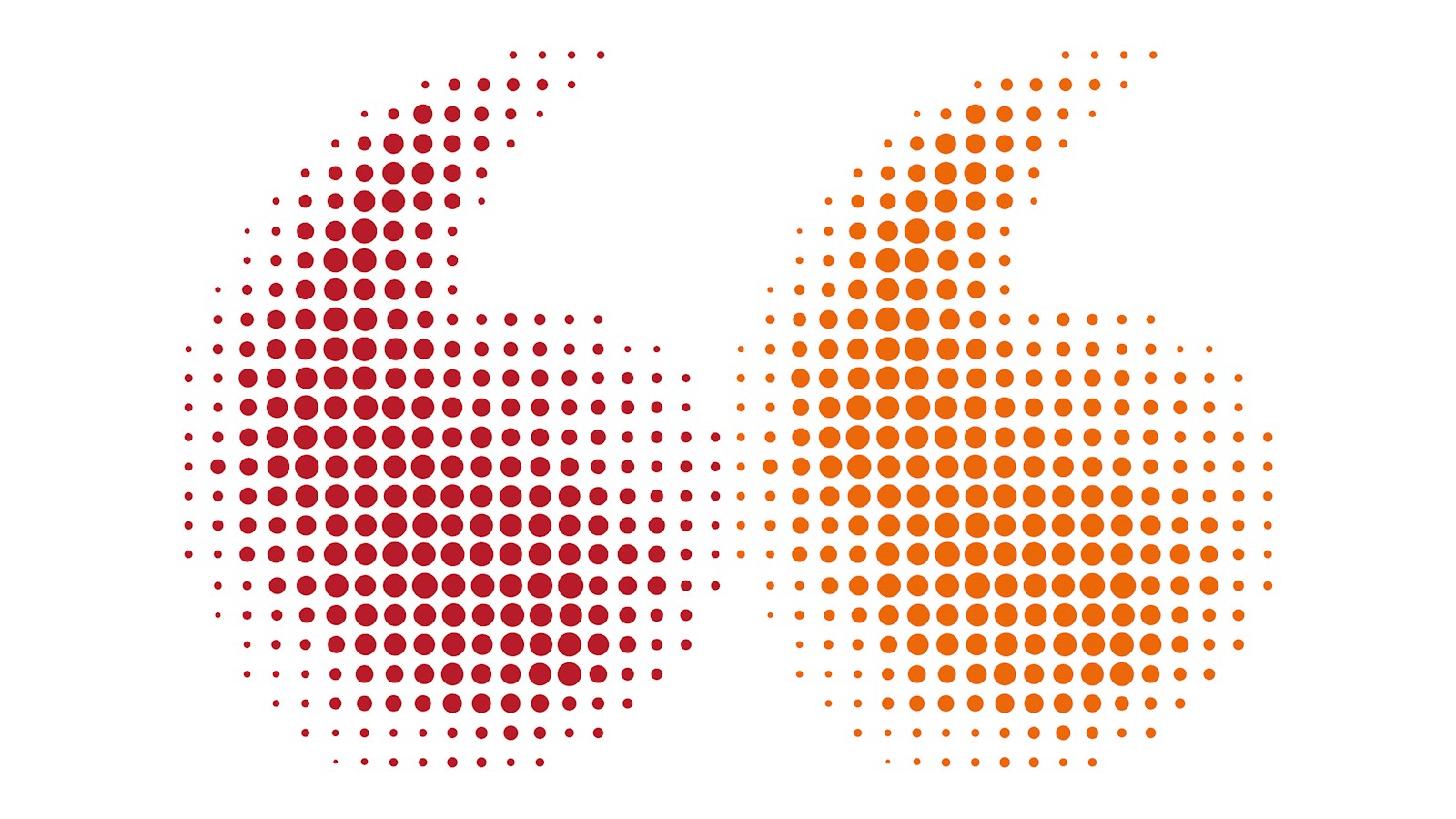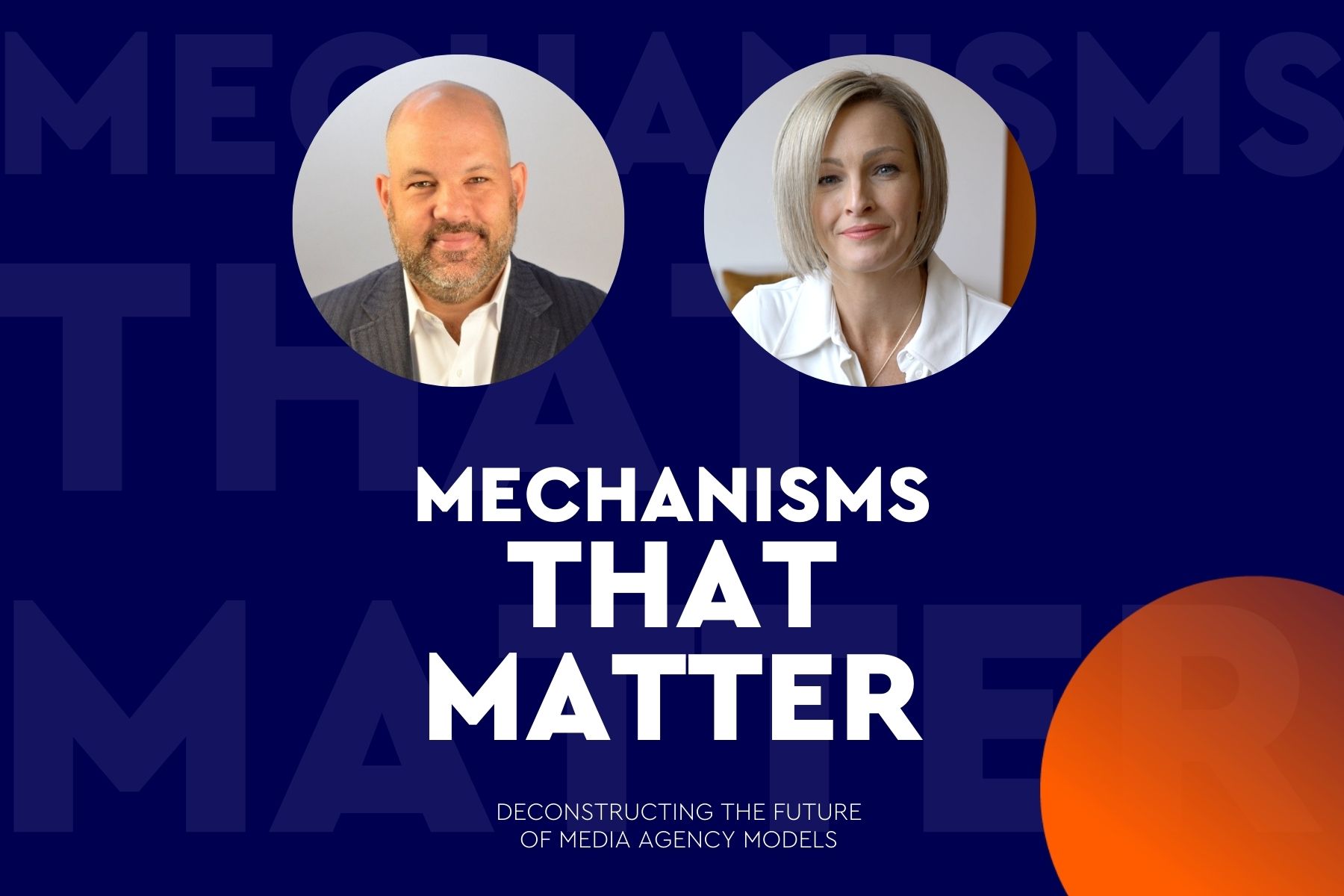
Now is the time for brands to make up for lost time
On one subject, at least, all commentators are agreed. This last year has called for an unprecedented degree of re‑examination. (And an unprecedented use of the word unprecedented.) Nothing can be taken comfortably for granted; just about everything needs to be pulled up by its roots, interrogated and tested for its inherent worth. And that is certainly true for The Brand.
It’s easy to forget that a common understanding of the nature of brands is relatively recent. Sixty years ago, the word brand meant nothing more than a product with a name attached and it was applied almost exclusively to household goods. Washing powders were the archetypal brands. When the new discipline of account planning was introduced in advertising agencies, the name Brand Planning was rejected as being too restrictive. Banks, retailers and venerable institutions would certainly not have seen themselves as brands – and would have been deeply affronted had any agency been insensitive enough to suggest that they were.
Function and reputation
Products were evaluated and promoted almost entirely on function. When the UK Consumers’ Association introduced product testing, there was a brief flurry of concern in the advertising community that the CA’s well-publicised Best Buy rankings could make advertising redundant. Had an understanding of the nature of brands been more widespread, the theory of the Unique Selling Proposition could never have achieved its pernicious popularity. By encouraging companies to identify – or more often to confect – some functional product distinction, and to trumpet that distinction verbally and repetitively, USP practitioners inflicted on a luckless public some of the most insensitive advertising ever perpetrated. Only the fortuitous fact that simple name registration has a commercial value saved USP-inspired advertising from being not just sub-optimal but actually damaging to its subjects.
What inhibited the understanding of brands – and still makes any meaningful discussion of brands a bit of a minefield – is language. We struggle to find words to describe what is essentially a set of beliefs and feelings in other people’s heads. As with humans, products have reputations. This is their Brand Image. But while their function may be susceptible to objective analysis, their reputation is not, because one of the key factors affecting the image of a brand is the composition of the individual mind entertaining that image; and no two minds are identical. If a thousand people hold an opinion of the same object or person, they will hold a thousand subtly different opinions. It’s true that there can exist what has been called a consensus of subjectivity, where millions of different minds working independently construct very similar images of the same object; but it should never be forgotten that a brand’s image – whose very existence defines the difference between a brand and a mere product – is an elusive, subjective Non-Thing. This much we have learned.
We have also learned of the immense commercial value of a strong brand reputation. We know beyond doubt that a strong brand is more resistant to competition; is less dependent on price promotions to maintain volume sales; and is as secure a certainty of future profit as is possible in any organic, competitive market. At much the same time, we have begun to understand the contribution that advertising can make to the reputation of brands.
People construct their feelings about a brand, automatically and unconsciously, as a result of every encounter, actual or remote, that they have with that brand. Function remains central. For a brand to deliver satisfaction at an acceptable price is an entry-level requirement – but that’s just the beginning. An almost limitless number of brand encounters can have some small but significant effect on a person’s perception of a brand, from whether or not their mother used the brand to an unfavourable news item about the company that makes it. Advertising is an obvious contributor to brand reputation – but if a brand is to enjoy the greatest return on its advertising, it has to be advertising of a certain style; the specific style of that specific brand.
When mass manufacturing and mass media first made advertising necessary, it was known as “salesmanship in print”. Its job was to get as close to an actual sale as was possible. You featured a new range of socks in your local newspaper and expected them to sell out the following day. Today, this immediate role for advertising, “brand activation”, is largely provided by online platforms. The new media are flexible, personal and accountable. Their success has been earned through demonstrable delivery. They are today’s direct salesmen – but it should never be forgotten that they work most efficiently when the brands that they feature are already well-known and are already thought to be desirable.
The value of familiarity
Of all the properties that a strong brand needs, simple familiarity must top the list. You’re in a strange city, struck down by a minor ailment and the girl in the pharmacy doesn’t speak your language. Then, on a shelf behind her, you spot the very same bottle you keep in your bathroom at home. Strange circumstances highlight the value of brand familiarity; and we’ve been experiencing many strange circumstances in recent months. So people can feel possessive about their brands – particularly repeat-purchase brands. Just as they talk about “my pub”, or “my football club”, so they feel about their favoured brands. Familiarity implies trust, reassurance – even affection.
Familiarity is acquired and maintained directly through experience and remotely through communications. The word “maintained” is important: familiarity can never achieve permanent status. When direct contact becomes less frequent or disappears altogether, familiarity fades. And as any publicist will confirm, once a client ceases to be in the public eye, demand for that client will dwindle – as will the size of any suggested fee.
Time to repair
The planet’s response to the coronavirus has changed the behaviour of the planet’s population to a degree never before experienced. (Yes: it’s been unprecedented.) Habits have been broken because they’ve had to be broken. Links between people and things have been weakened – and in many cases lost altogether. Some brands, in the right place at the right time, have benefited mightily. Others have suffered helplessly, their familiarity fading fast.
For many brands, the year 2021 will need to be a year of repair; a year where communications are called upon to help compensate for the absence of direct experience. It will demand creative excellence of the highest order; communications that are so true to the personality of the brand that they come close to being its proxy.
published on
28 April 2021
Category
More in Communications

Rebranding cancer: how brands heal and hurt
Along with consumer brands, the ‘brand’ of condition or event influences us.

Mechanisms that Matter – Inside WPP | Ford’s revolutionary marketing model
How a process created on the factory floor over 70 years ago has transformed ops for the auto giant

How to build your brand in-game
A new research report from WPP and SuperAwesome

